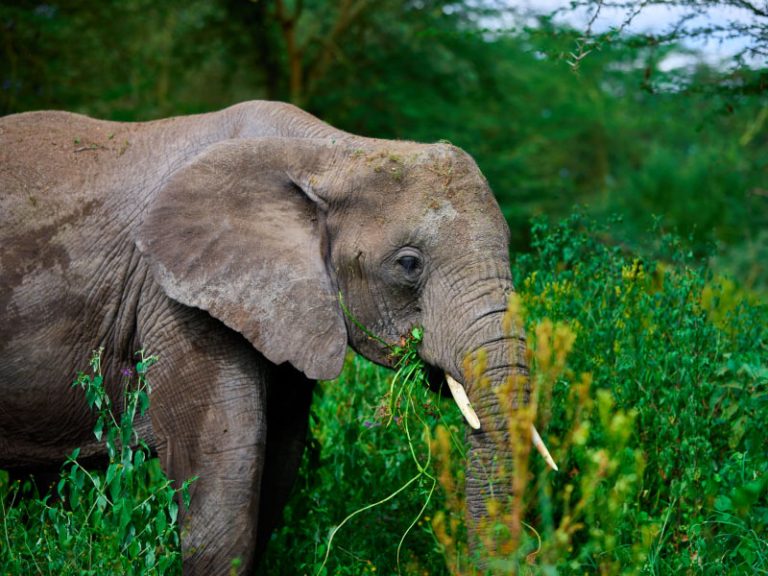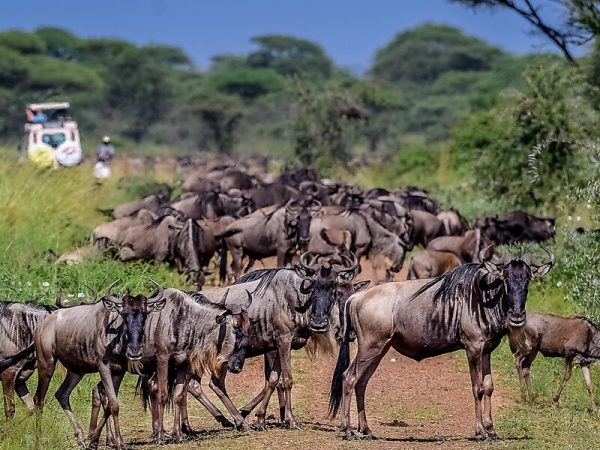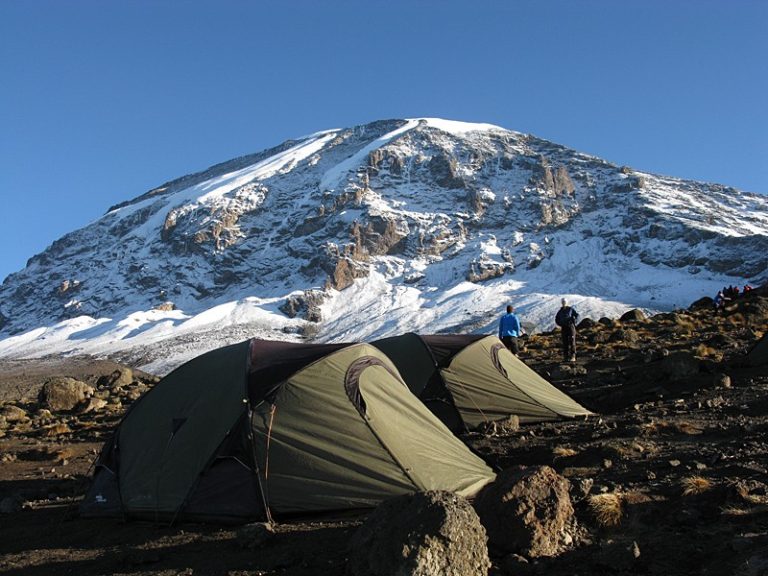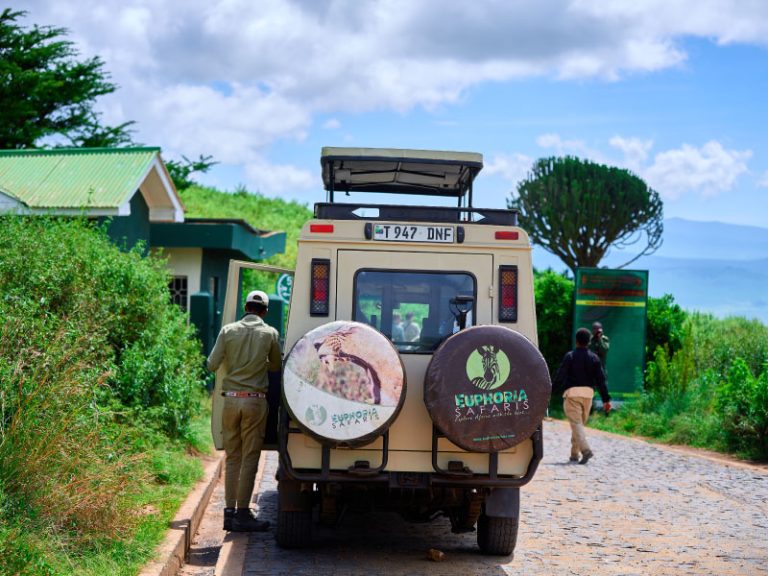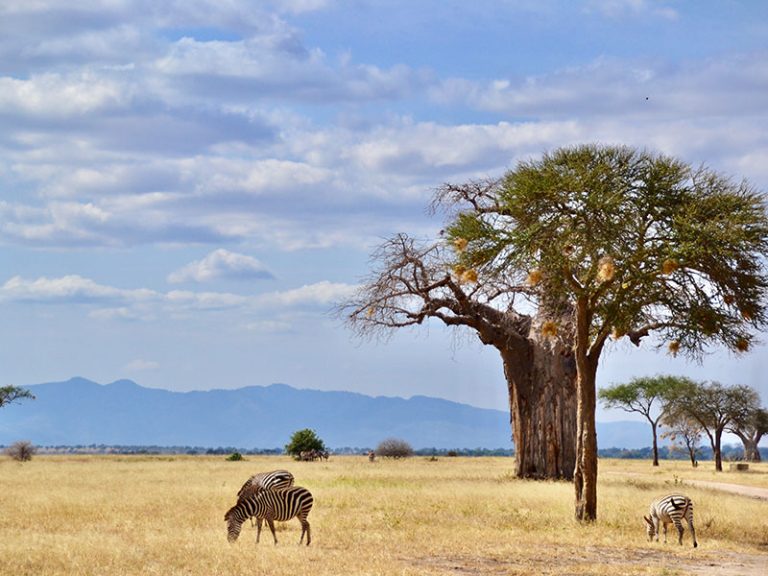Mkomazi National Park is renowned for its beauty rather than its abundance of wildlife. The Pare and Usambara Mountains are to the south, while breathtaking views of Mount Kilimanjaro may be found to the northwest. The vast Tsavo National Park in Kenya is adjacent to the park. When combined, they form a sizable and significant habitat that permits a wide variety of creatures to travel back and forth. But if you delve a little further,
you will find that this is a magnificent and ever-changing tale of wildlife and habitat restoration. In addition, two threatened species have been brought back: the black rhino and the wild dog.
Mkomazi National Park: From destruction to repair
Northeastern Tanzania, halfway between Moshi and Tanga, is home to the Mkomazi National Park. With the Pare and Usambara mountains looming over its borders, it is situated in a stunning area. Mount Kilimanjaro may also be viewed from the park, depending on the conditions.
Mkomazi National Park offers visitors something unique. It is not an area with a lot of wildlife, but it is peaceful, little visited, has breathtaking scenery, and has a fascinating history.
Mkomazi was made a Game Reserve in 1951. This did not, however, put an end to the disturbance of the habitat. The Black Rhino was eradicated from the environment by persistent poaching, and the population of elephants fell to just 11 individuals. Extreme land degradation was also brought on by yearly fire and intensive grazing.
1951, Mkomazi was designated a Game Reserve. This did not, however, put an end to the disturbance of the habitat. The Black Rhino was eradicated from the environment by persistent poaching, and the population of elephants fell to just 11 individuals. Extreme land degradation was also brought on by yearly fire and intensive grazing. There was a natural disaster happening.
1989 was a critical year in Mkomazi’s history. In order to repair the reserve and reintroduce the African Wild Hunting Dog and Black Rhino, the Tanzanian government recruited the George Adamson Wildlife Preservation Trusts (GAWPT) to handle the matter. The initiative was overseen by Tony Fitzjohn, George Adamson’s (Born Free) successor.
Tony and his crew built numerous kilometers’ worth of roads, fences, and water systems over time. As wild dog and black rhino breeding programs were being set up, a group of rangers and an air unit began policing the park for ivory poachers. It was an enormous undertaking. Significantly, the neighborhood was engaged in a number of initiatives, such as “Rafiki wa Faru” (Friends of the Rhinos), which informs elementary school students about the park’s conservation efforts.
Best time to visit
Mkomazi National Park is open year-round for visits. Nonetheless, the dry season, which runs from June to October, is the ideal time to visit Mkomazi National Park. The ideal time to see the wildlife is during this season, which also offers the best weather. October is the warmest month and June the coolest.
During the dry season, wildlife can be observed in the southeast-east corner of the park along the Umba River, which is the sole river in the area. Fortunately, the park’s management built a dam that supplies different water sources in various locations, allowing animals to remain in the park throughout the dry season.
Why Mkomazi
You can vow to come back when you leave this park. You may anticipate a peaceful experience in nature, surrounded by stunning scenery, as there aren’t many visitors.
Yes, there are fewer animals than in other parks, but things are changing because of all the hard work that is being done. As the 1980s came to an end, the park was home to just 11 elephants. Approximately 500 of them now travel back and forth from Tsavo National Park. Additionally, visiting the Rhino Visitor Center guarantees you will see a Black Rhino. This park is quite endearing.
